
| technic |
| artists |
| links |
| material |
| contact |
| home | bibliography | scannotique |
| exhibitions |
Robert Fleming

Yellow Rose
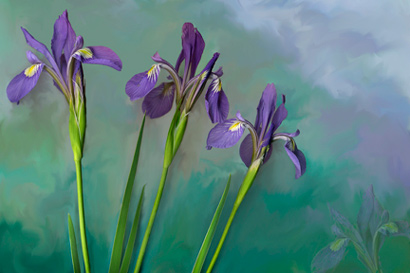
Water green
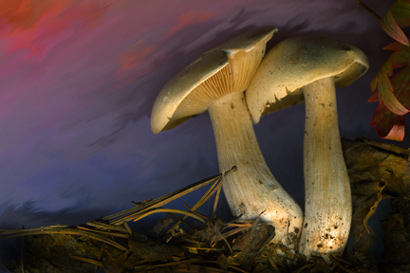
Two
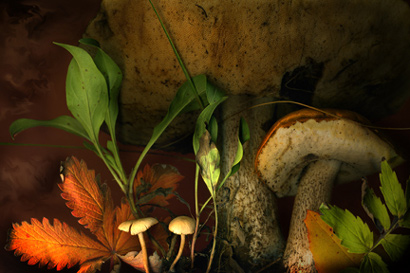
Sheltered
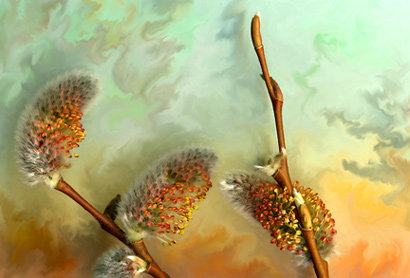
Perfect Willow
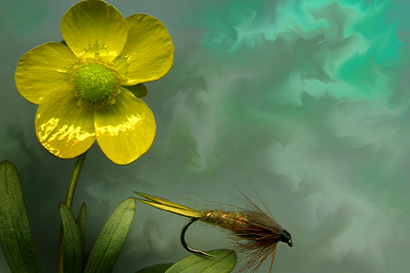
Olive Stonefly
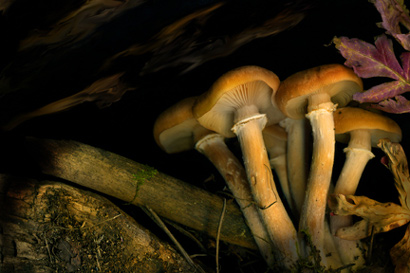
Midnight
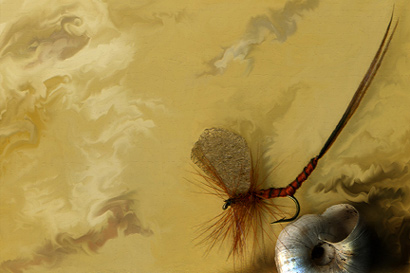
Mayfly
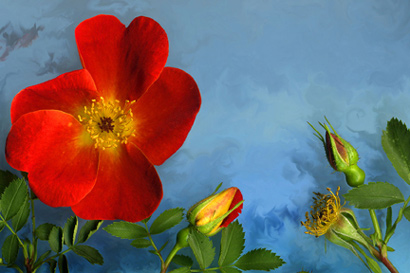
Laramie Rose
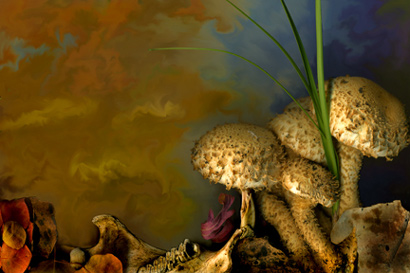
Jawshroom 3
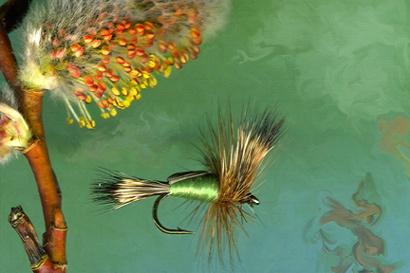
Green Humpy
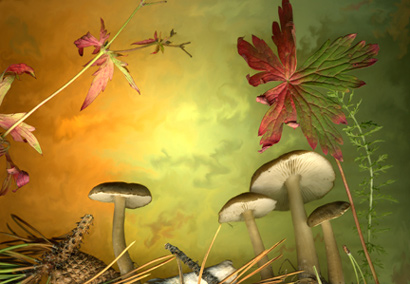
Forest Light

Flax Sunset
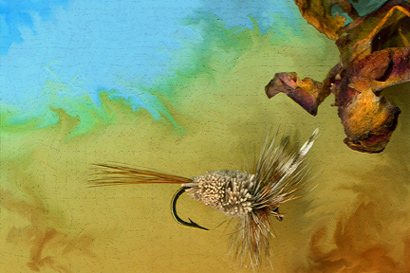
Elk hair
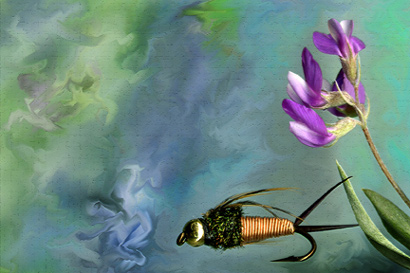
Cooper John
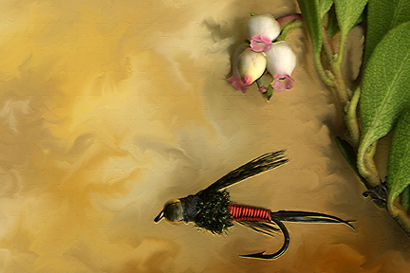
Cooper John Red
| Robert's statement | ||
Learning scannography was a journey. What could it do in a technical sense and what did I want to express with the images? I can happily say that the journey is not complete. I found scanner photography by accident and was instantly fascinated. I was using a HP scanner which left red lines in the background of anything I scanned. This was actually fortunate, because it forced me to learn to create alternative backgrounds. If I had been using a more appropriate Epson scanner I may not have developed my unique style as quickly. I experimented with everything in the beginning. One of my more interesting experiments was with a mirror. I glued the mirror to a board and put in four elevating screws, one in each corner. Therefore, I could create any angle with the mirror that I wanted. The results were great. It created wonderful colors of the spectrum and these would transition smoothly across the image. The biggest problem was that it also created double exposures of the objects being photographed. The scanner picked up the reflected objects in the mirror. In short, this led to the creation of paper backgrounds in Photoshop using the gradients tool. The range and possibilities of the gradients available are enormous. I can create surreal to semi real backgrounds in this way. I use the colors in the backgrounds to digitally paint with and to finish the image creation. My images are in many ways more like paintings than photographs. I think it is the unique perspective of scanner photography which is its greatest appeal. A painter could copy the style, but a painter would never create this look without seeing it first. We don't see things in the way a scanner does. However, we enjoy it. The perspective is different but familiar. We recognize the objects but not the method of viewing. The artist should strive to create new perspectives for viewing the world. Scanner photography does exactly that. See Robert's tutorial blog |
||